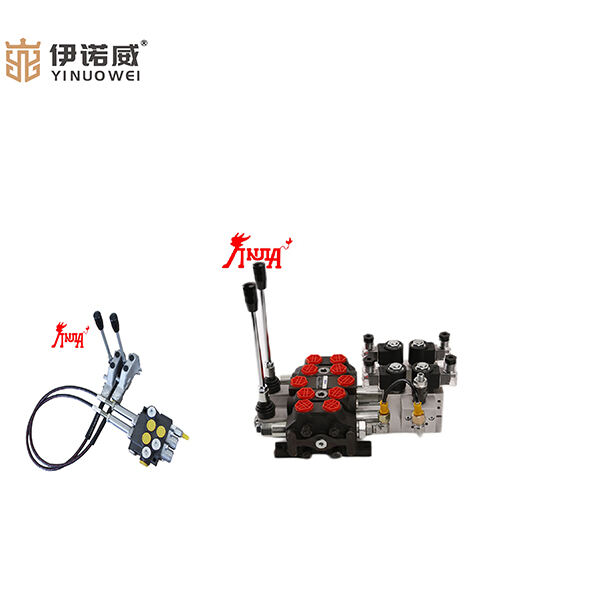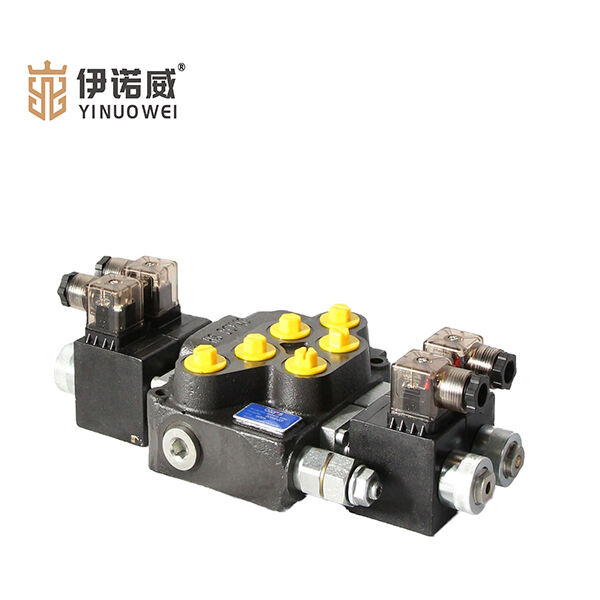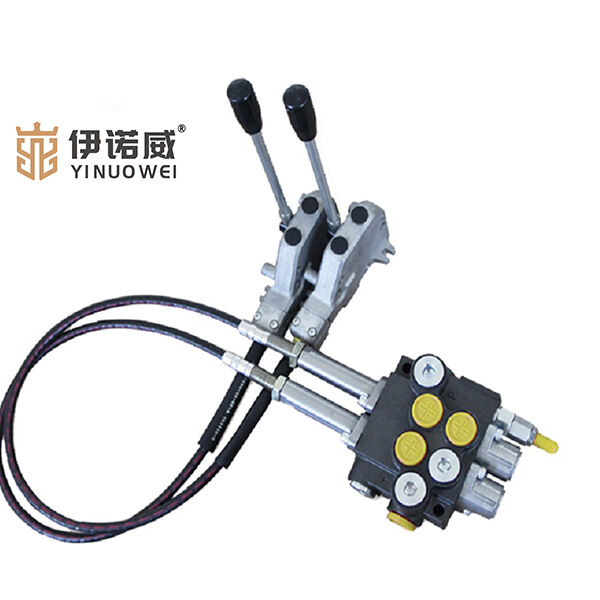Хидравличната течност е вид масло, което често се използва в машините за да ги движи и да осигури предаване на мощност между различните части на машината. omm 32 хидравличен мотор е светофар. Подобно на това както светофарът казва на колите да спират или да тръгват; това клапе казва на хидравличната течност в коя посока може да отиде. Това учи машината как да действа.
Едно от големите приложения на хидраулическата технология е в пропорционалните хидраулически насочващи клапове в повечето машини, особено тези, които изискват гладки и точни движения. Тези клапове не са само за контрол на движението; те контролират и скоростта на машината, както и посоката ѝ. Потребността от контрол е много важна, тъй като предоставя начин машиите да извършват различни задачи точно.
Такива машини едва ли биха функционирали без хидраулни насочващи клапета. Те не биха могли да се движат толкова добре, точно и ефикасно. Разве не е трудно да строиш нещо без правилния инструмент? Тези клапета позволяват на машините да се движат по начина, който им е необходим, което става особено важно при производството на продукти или извършването на други дейности, които изискват висока точност.
Те имат много предимства, особено в промишлените приложения, като заводи – хидраулните насочващи клапета. Възможността да се контролира посоката на потока на хидраулната течност е едно от главните предимства на тези клапета. Този вид прецизност е това, което дава на машините възможността да изпълняват задачи изключително добре.

Голяма предимство на тези клапаци е, че те също могат да издържат високо налягане и температурни условия. Това ги прави идеални за използване в завод, или в която и да е друга приложна област, където машините са подложени на интензивно използване. Те продължават да функционират коректно, когато температурата стане екстремно висока, или когато налягането е много голямо.

Както и при всяка компонента на машина, леките hidrauličeski насочващи клапаци изискват рутинно внимание и, по време, ремонт, за да се гарантира правилното им функциониране. Много като играчките или инструментите ви трябва да бъдат поддържани, така и тези клапаци. Периодично поддържане на клапана ви позволява да предотвратявате и избягвате несъответствия, и да пазите клапана да работи ефективно.

Ако се случи проблем, може да е необходима диагностика. Това включва проверка за пропускания, удостоверяване, че клапето е чисто, и извършване на тест, за да се види дали клапето функционира така, както 'трябва'. Опазването на тези клапа играе важна роля за гладкото и правилно функциониране на машините безопасно и точно.